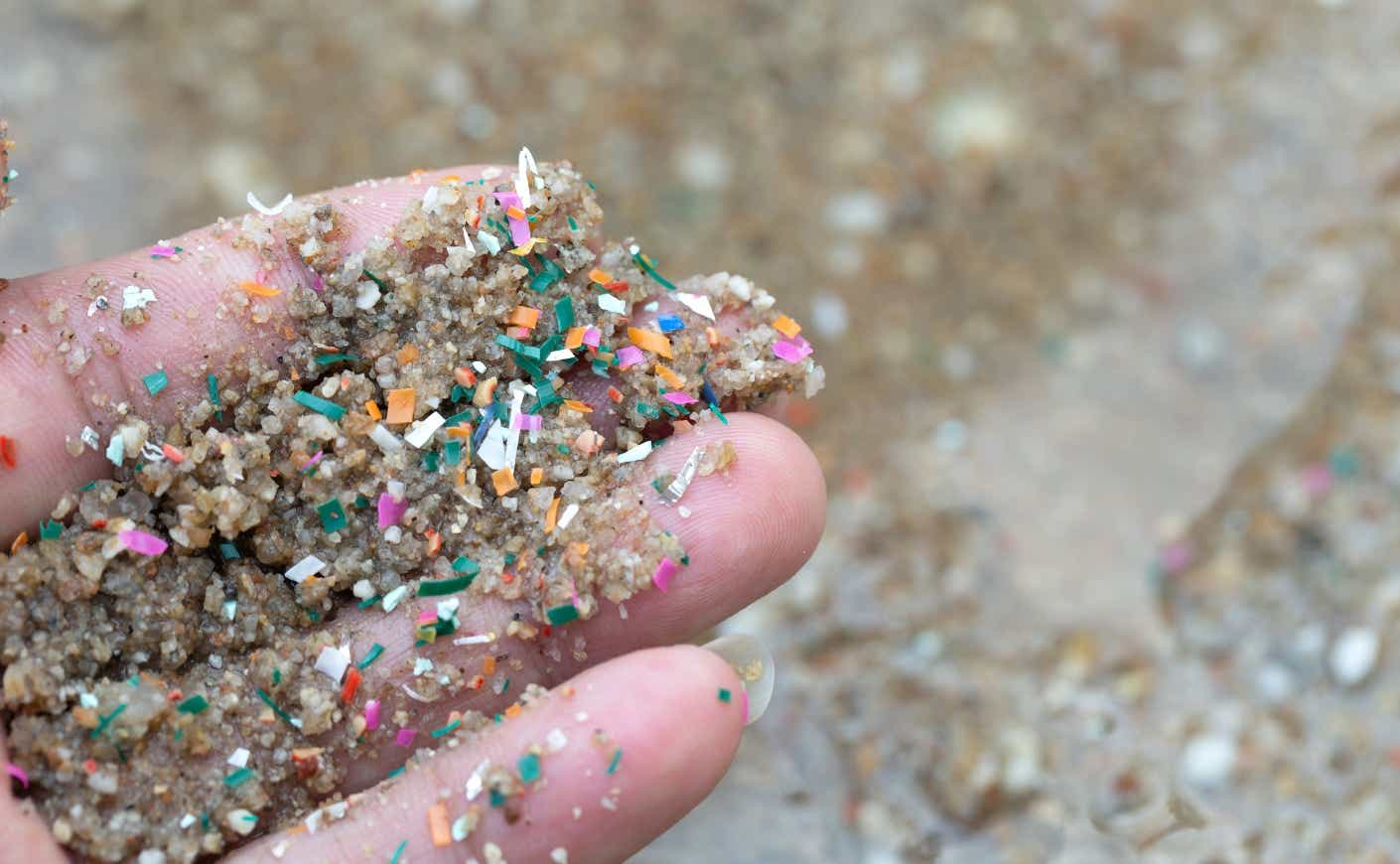Hydrogen water is a relatively recent product that has been introduced to the masses. It consists of molecular hydrogen (H2) infused with regular water (H2O). It's quite safe to drink since H2 is non-toxic, like water. There are several ways to make hydrogen water, some more ideal than others.
Certain metals like magnesium can be introduced to water to make molecular hydrogen in a single displacement reaction.
However, excess magnesium hydroxide would be produced, making the water more alkaline. Additionally, one could easily buy hydrogen gas and pump hydrogen gas into the water to make their own hydrogen water. However, molecular hydrogen is particularly insoluble in water, which has led scientists to find new ways of production.
 |
| Diagram of Water Electrolysis |
In order to produce hydrogen in situ, scientists use an electrolyzer. In short, a current is passed through the water to facilitate a non-spontaneous redox reaction. The water is split into H2 gas, OH- ions, O2 gas, and +H ions. Some fancy electrolyzers come with a protein exchange membrane to aid in water conductivity.
Several claims suggest the freely accessible hydrogen in hydrogen water may have benefits that normal water cannot achieve. Specifically, hydrogen water is marketed to decrease inflammation, improve athletic performance, and resist aging (Kubala, 2019). All of these benefits, however, are probably linked to hydrogen water's antioxidant properties, which can have positive effects on many aspects of the human body.
 |
| ROS and Hydrogen Gas Forming Water |
Molecular hydrogen has been documented to have antioxidant properties. According to a paper, the consumption of H2 gas suppressed an ischemic brain injury by buffering the effects of oxidative stress (Ohsawa, 2007). H2 can rapidly diffuse across membranes and can reach and react with cytotoxic radical oxygen species (ROS) and thus protect against oxidative damage.
Whether hydrogen water is a fad or a real lead is up for debate. The majority think it is the former, as there is very little precedent and extensive research to prove hydrogen water can consistently neutralize free radicals over a wide variety of biological systems.
References
Kubala, J. (2019, January 16). Hydrogen water: Miracle drink or overhyped myth?. Healthline. https://www.healthline.com/nutrition/hydrogen-water#benefits
Ohsawa, I., Ishikawa, M., Takahashi, K., Watanabe, M., Nishimaki, K., Yamagata, K., Katsura, K., Katayama, Y., Asoh, S., & Ohta, S. (2007, May 7). Hydrogen acts as a therapeutic antioxidant by selectively reducing cytotoxic oxygen radicals. Nature News. https://www.nature.com/articles/nm1577





















